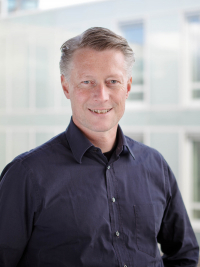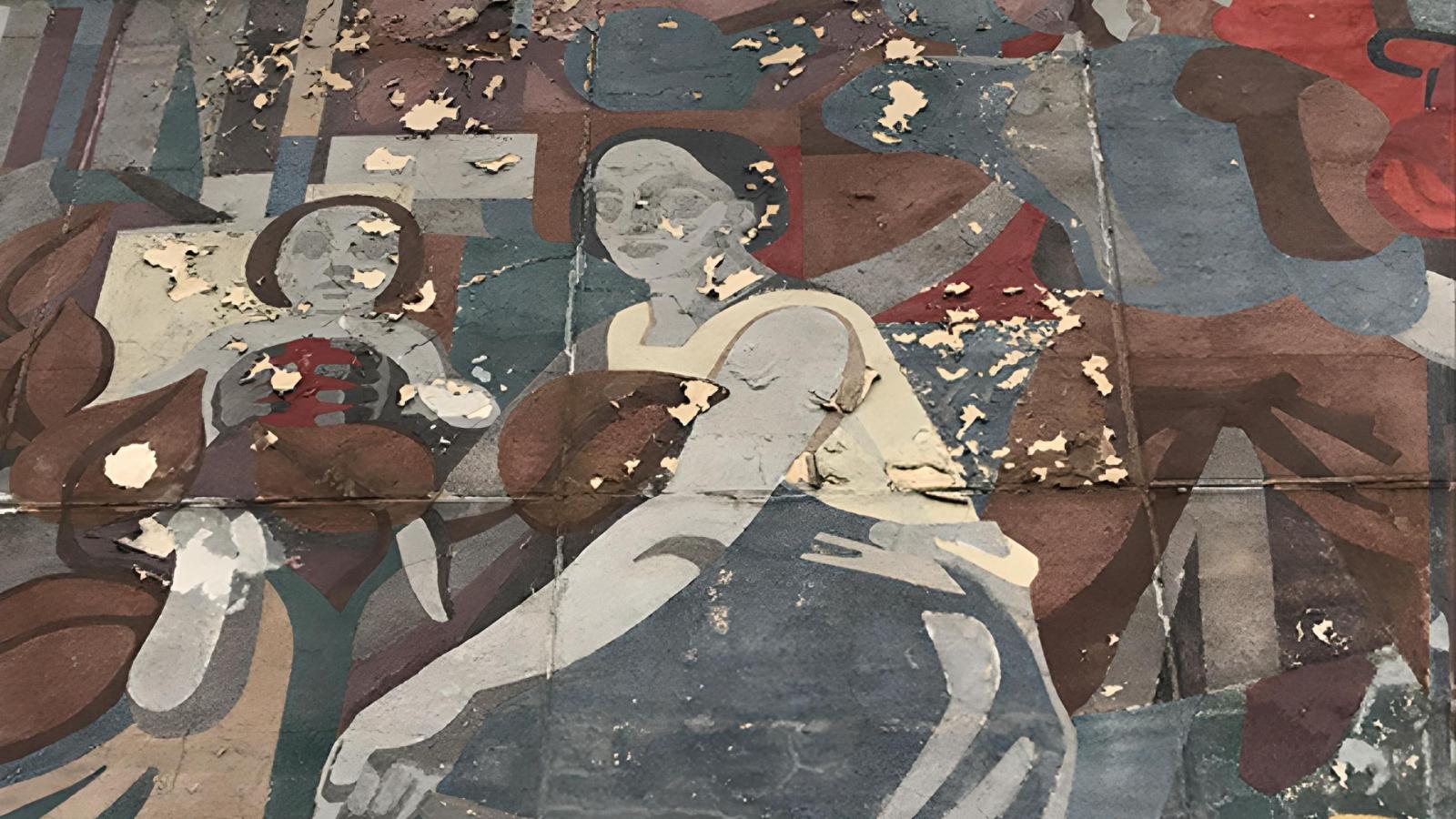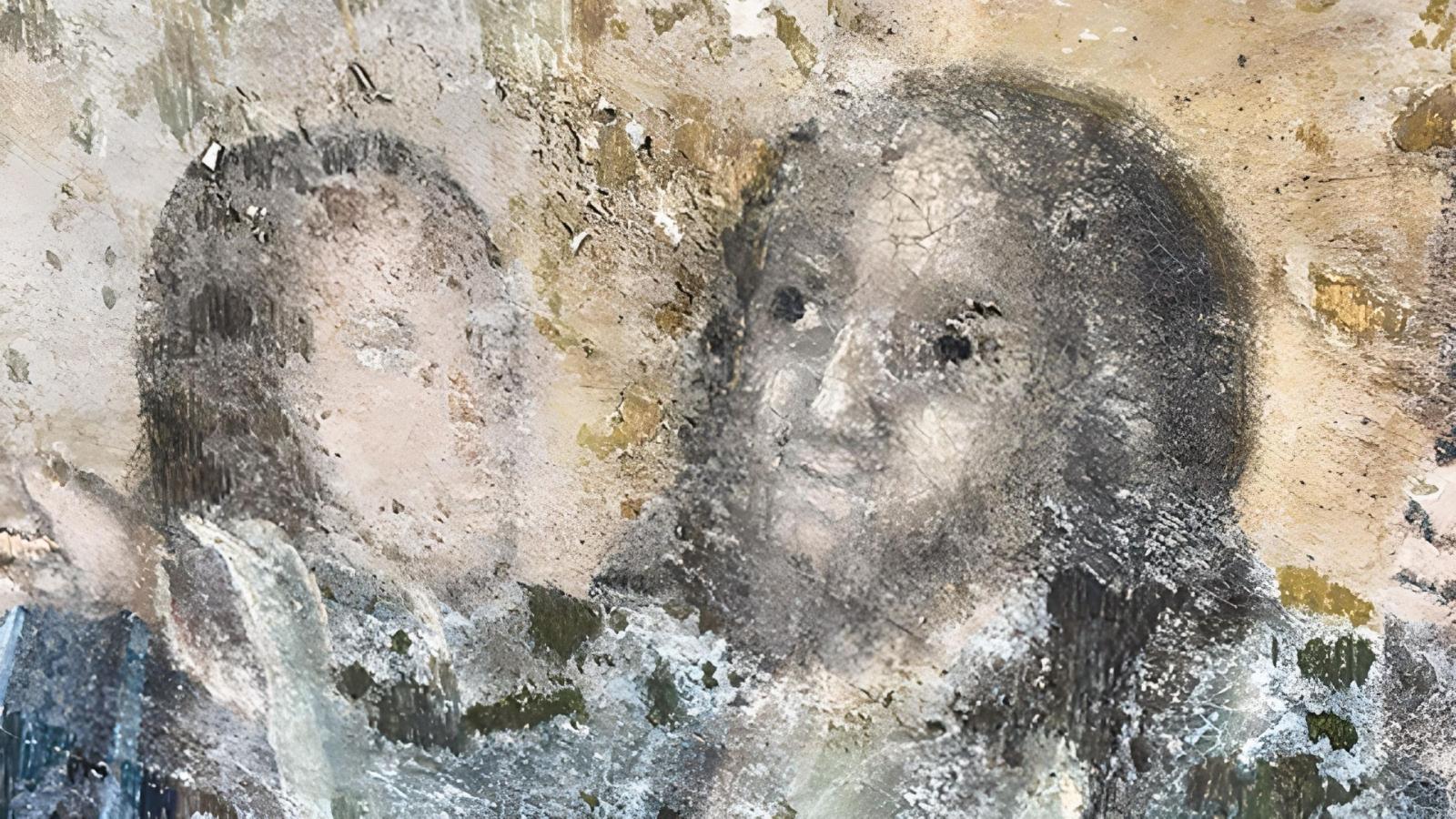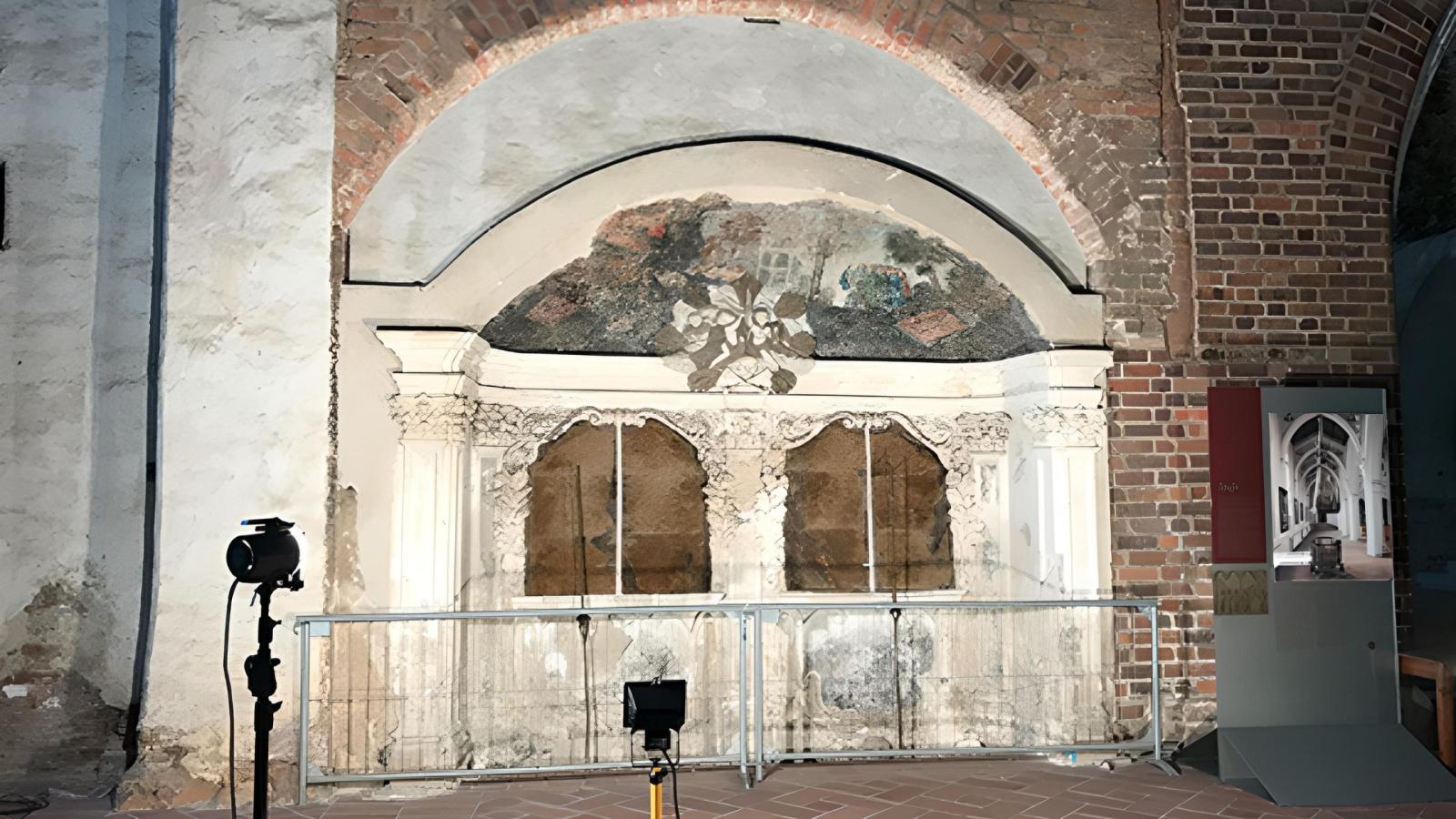Natural Sciences | Environmental Degradation of Synthetic Conservation and Restoration Materials
Acquisition – model conservation and restoration on selected examples – digital knowledge transfer
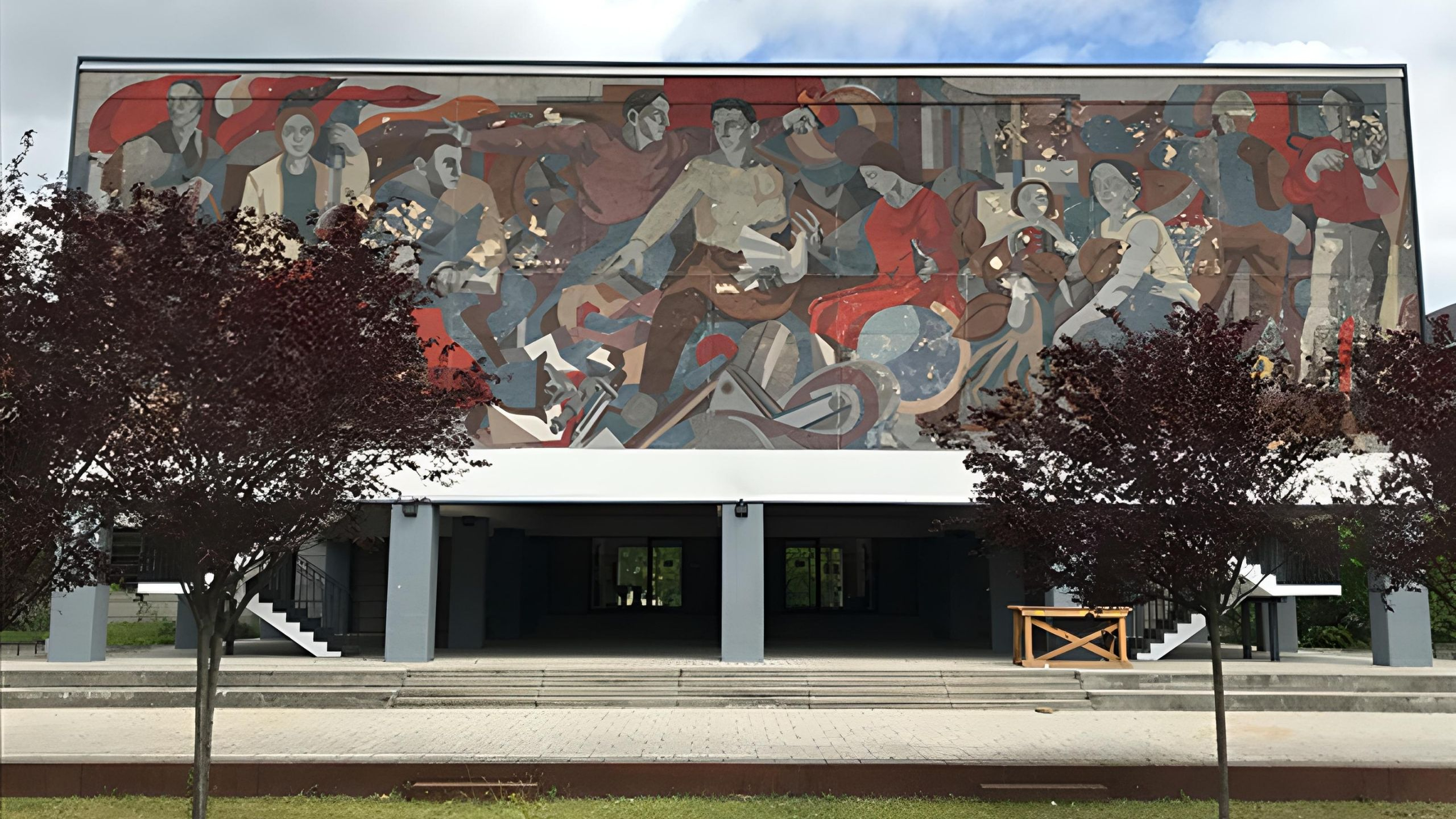
- Brandenburg State Office for the Preservation of Monuments and the State Archaeological Museum (BLDAM); Department of Restoration/Construction Research, Dipl.-Rest. Mechthild Noll-Minor, Dipl.-Chemikerin Ellen Egel.
- Eigenbetrieb Kulturbetriebe der Stadt Frankfurt (Oder), Evangelische Kirchengemeinde der Marienkirche und Gertraudenkirche.
- BTU Cottbus - Brandenburg State Office for Real Estate and Building (BLB), Construction Management Division, Building Department Universities
As a result of the industrial boom after the Second World War, coupled with the belief in progress that long-lasting products could be developed, modern synthetic materials (plastics) came into use – without much consideration of their suitability – in renovation, conservation and restoration work for the preservation of historical monuments.
The high anthropogenic environmental pollution until the 1990s and its input on our cultural heritage led to accelerated ageing processes, especially for synthetic organic molecules, which are particularly susceptible to oxidation, photochemical processes and acid attacks. Discolouration, shrinkage, cracking, spalling, weathering and even mechanical failure of synthetic fixatives, coating materials, adhesives and other materials used to protect cultural heritage occurred. The introduced and now aged substances are in direct contact with the original material and have largely penetrated it.
Thus, those responsible today are often faced with the major problem of how to deal with damaging old restorations while preserving the original substance.
Within the framework of the project, after understanding the ageing processes, innovative methods will be developed and applied to objects as models and the results will be widely communicated.
The following objects will be the main focus of the project:
1. Frankfurt (Oder), Marienkirche, baroque hereditary burial place, e.g. of Friedrich Wilhelm Roloff.
2. Brandenburg Technical University (BTU) Cottbus, exterior façade, glass crumble painting "Man and Education" by Gerhard Krüger 1972/73
To disseminate the research results, the POLYKON database developed by the University of Applied Sciences Potsdam is also being modernised as part of the project.
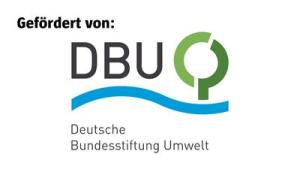
Project management
